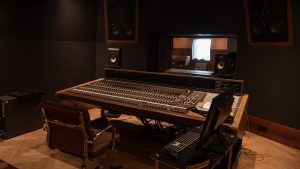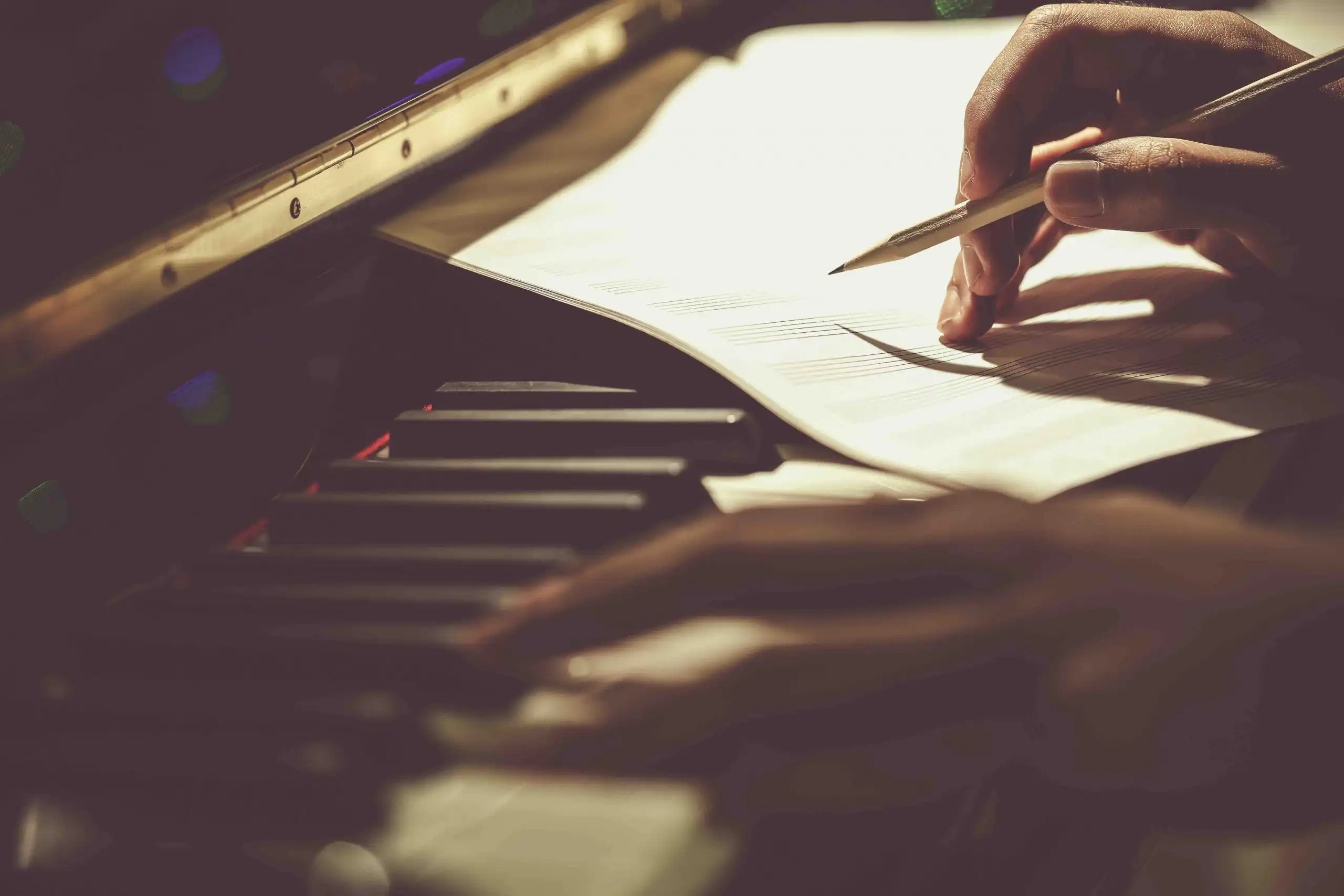Especially if you often write a lot of songs, it can be difficult to start a new song from scratch. But that is also possible if you don’t write that often and have become a bit rusty. There are many ways to start writing a new song. At the songwriting lessons at the Wisseloord Academy you will learn ways to get rid of this problem from many experienced songwriters.
We will present you with a few ideas so that you can already benefit from them!
To collaborate
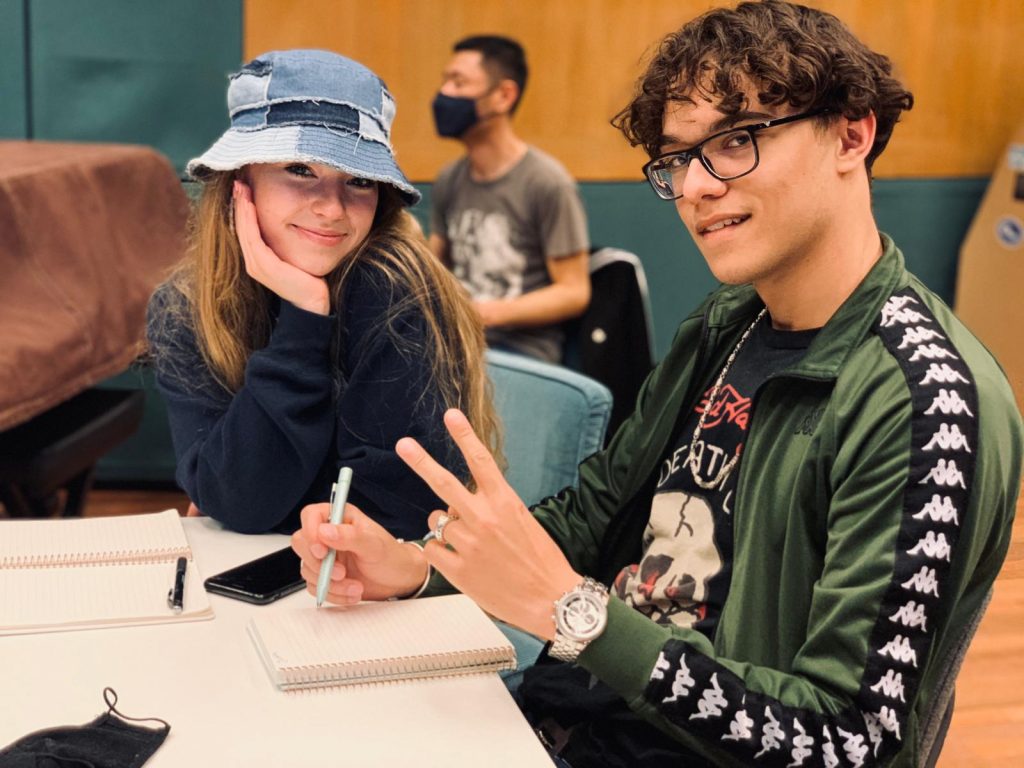
Everyone has their own set rhythm, mannerisms, and routine. The same goes for songwriting and producing. It can help you with your work, but sometimes you get to a phase where it suddenly stagnates your creative progress. It can then be interesting to look and work with someone else. Ask another songwriter or producer if you can walk with him or her for a day and collaborate. Let them do their own thing and observe the creative workflow. Of course, you can cooperate, but don’t try to force your own mannerisms or workflow that day. The idea is that you end up in a different setting and see if you can get something out of it that you can use as an advantage for yourself in your own creative process. Even if it’s just a small detail you pick up on, every little thing can make a huge difference!
Make a remake
It can also provide a lot of inspiration to get started with a favorite song of yours or an old song of your own! For example, take your favorite song of the moment and choose a different genre at random. You are supposed to completely recreate that song in that style. You will see that this will lead to very interesting things!
Recreating your own song also has its advantages. Let’s say you’ve been into songwriting and producing for several years. You’ve probably gotten better over the years and made some progress in your accomplishments as a songwriter and/or producer. If you now look back at the songs you created a few years ago, your first thought is probably; that’s not good. But often there are still interesting ideas to work out again. Pull it to your level of now and who knows, a hit will roll out.


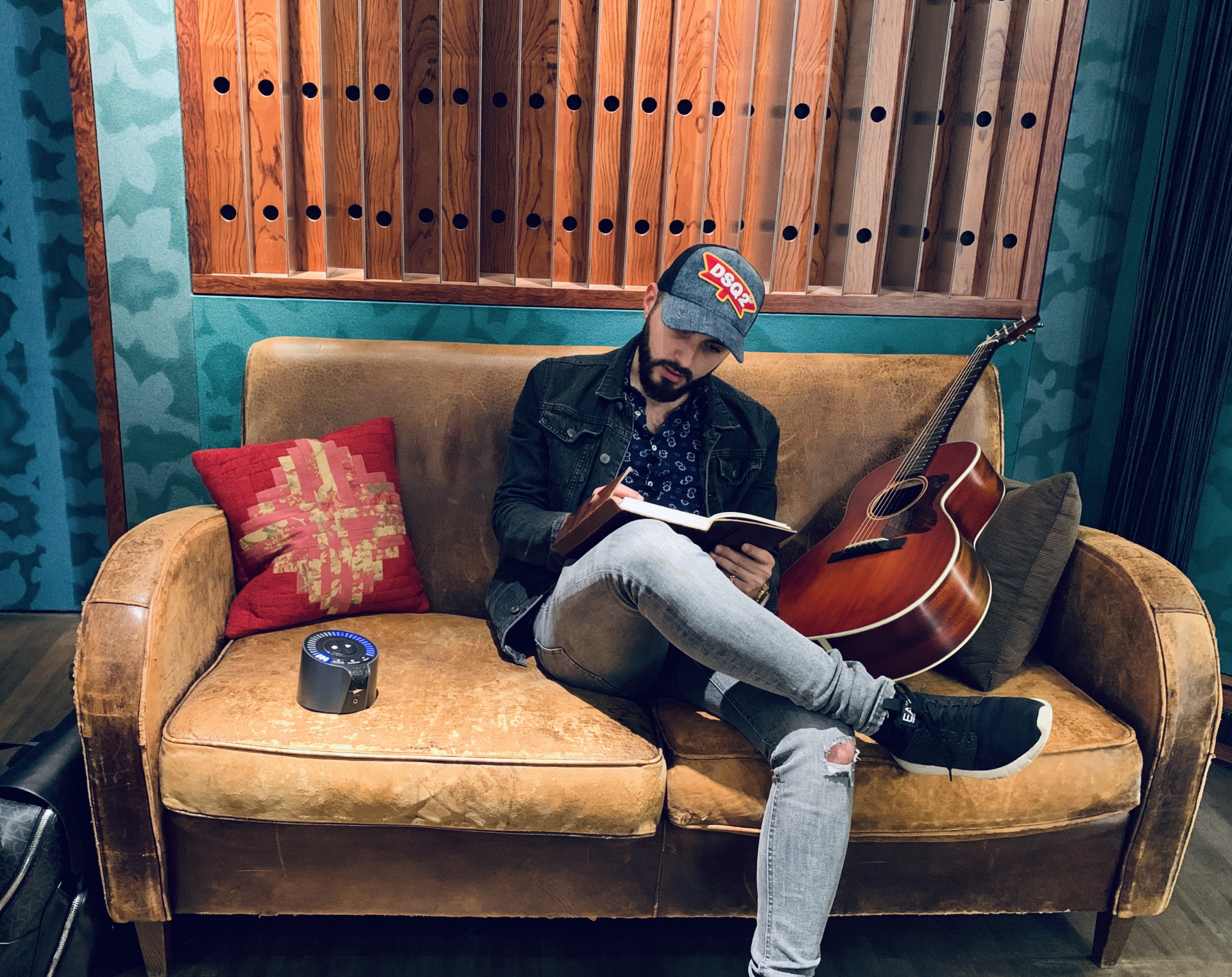
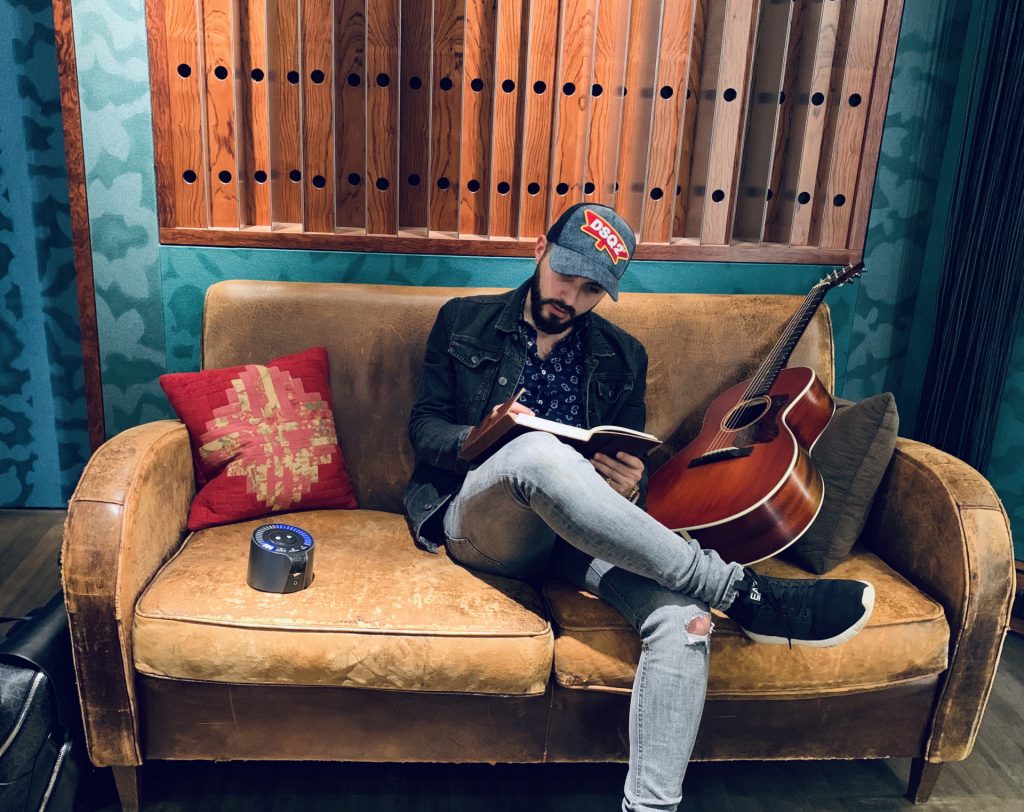 lay another instrument, but you can also look up instrumentals of songs you don’t know. Perhaps even from genres that are unknown to your writing.
lay another instrument, but you can also look up instrumentals of songs you don’t know. Perhaps even from genres that are unknown to your writing.
 Especially if you often write a lot of songs, it can be difficult to start a new song from scratch. But that is also possible if you don’t write that often and have become a bit rusty. There are many ways to start writing a new song. At the songwriting lessons at the Wisseloord Academy you will learn ways to get rid of this problem from many experienced songwriters.
Especially if you often write a lot of songs, it can be difficult to start a new song from scratch. But that is also possible if you don’t write that often and have become a bit rusty. There are many ways to start writing a new song. At the songwriting lessons at the Wisseloord Academy you will learn ways to get rid of this problem from many experienced songwriters.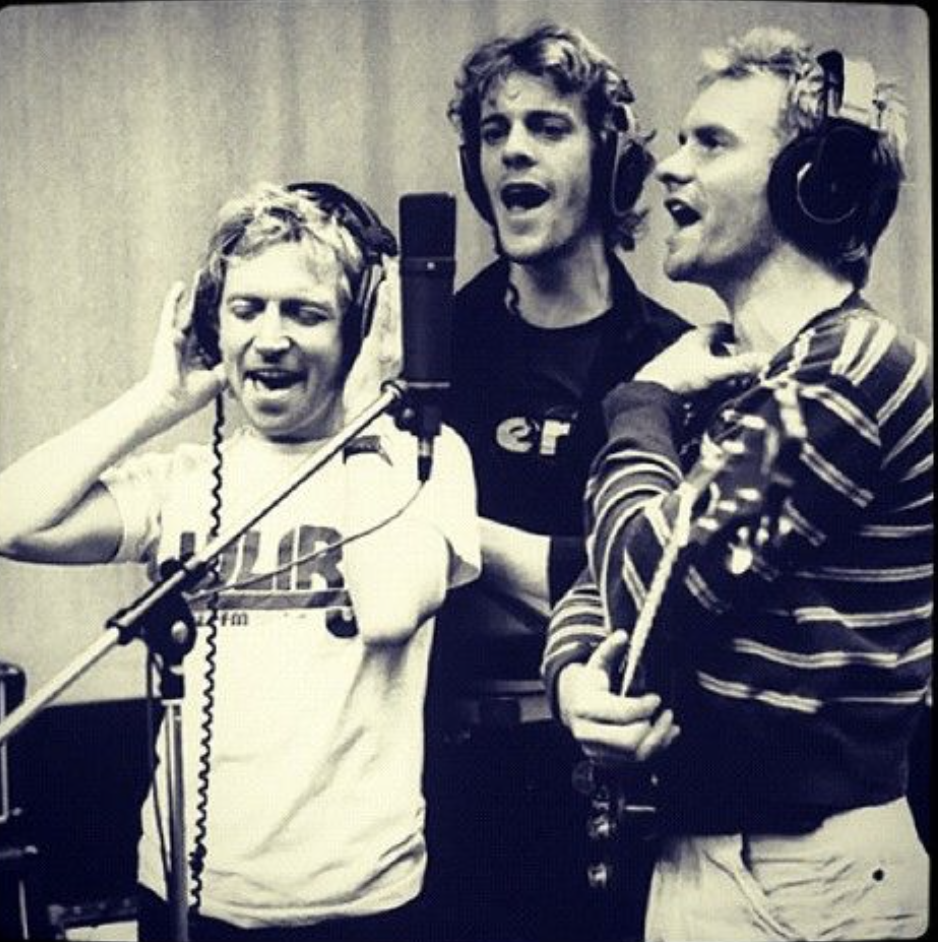
 Backing vocals are often indispensable in productions and live performances. Many people often say about backing vocalists; those are the failed singers. But that is of course a total misconception. Being a backing vocalist is harder than you think and requires total control over your voice.
Backing vocals are often indispensable in productions and live performances. Many people often say about backing vocalists; those are the failed singers. But that is of course a total misconception. Being a backing vocalist is harder than you think and requires total control over your voice.
 As a songwriter, but also as a producer, it can be useful to be able to play an instrument. This gives you extra freedom within the creative process that is songwriting and music production. At the Wisseloord Academy we look at many different instruments and what we can do with them. What types and variations are there? And how can we combine and use them? For now, let’s look at wind instruments!
As a songwriter, but also as a producer, it can be useful to be able to play an instrument. This gives you extra freedom within the creative process that is songwriting and music production. At the Wisseloord Academy we look at many different instruments and what we can do with them. What types and variations are there? And how can we combine and use them? For now, let’s look at wind instruments!
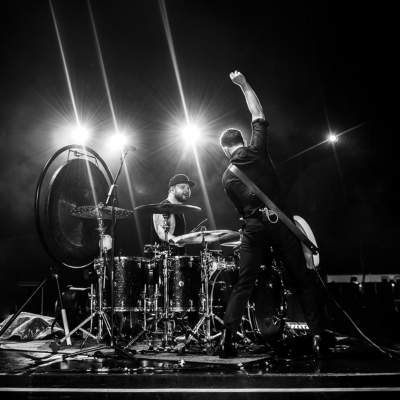 As a songwriter, but also as a producer, it can be useful to be able to play an instrument. This gives you extra freedom within the creative process that is songwriting and music production. At the Wisseloord Academy there is also the possibility to improve your skills on the drums, for example.
As a songwriter, but also as a producer, it can be useful to be able to play an instrument. This gives you extra freedom within the creative process that is songwriting and music production. At the Wisseloord Academy there is also the possibility to improve your skills on the drums, for example.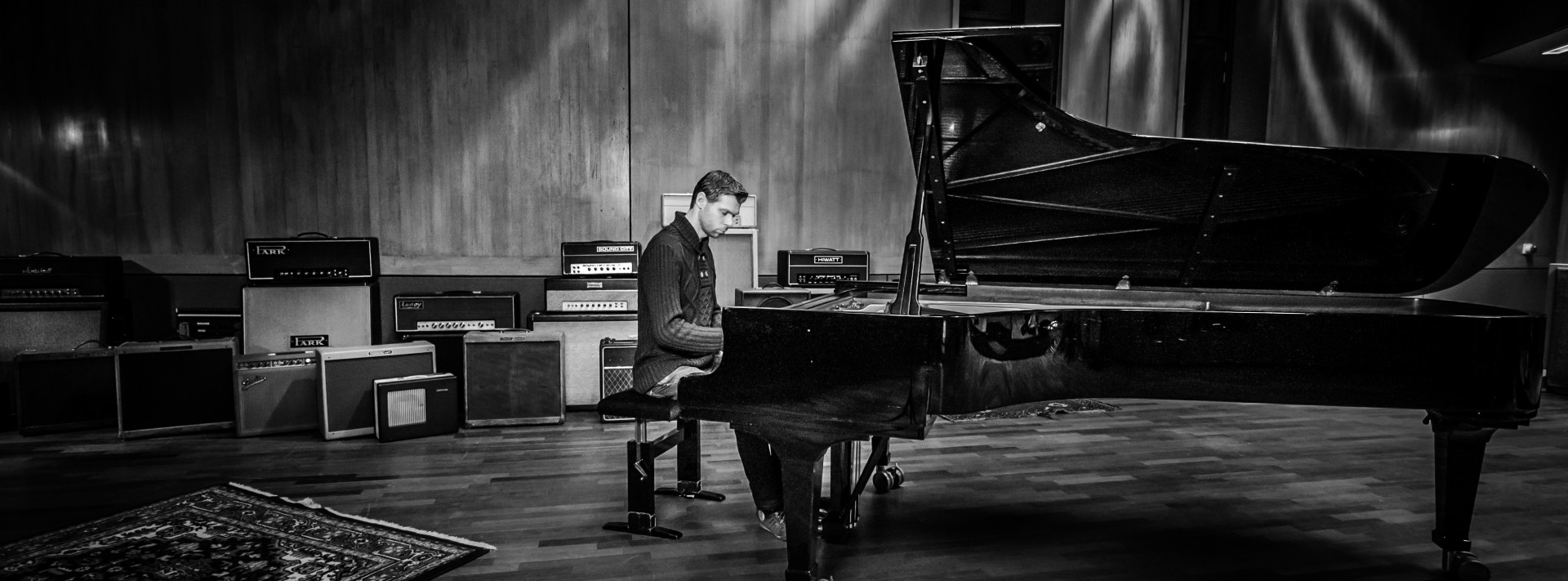
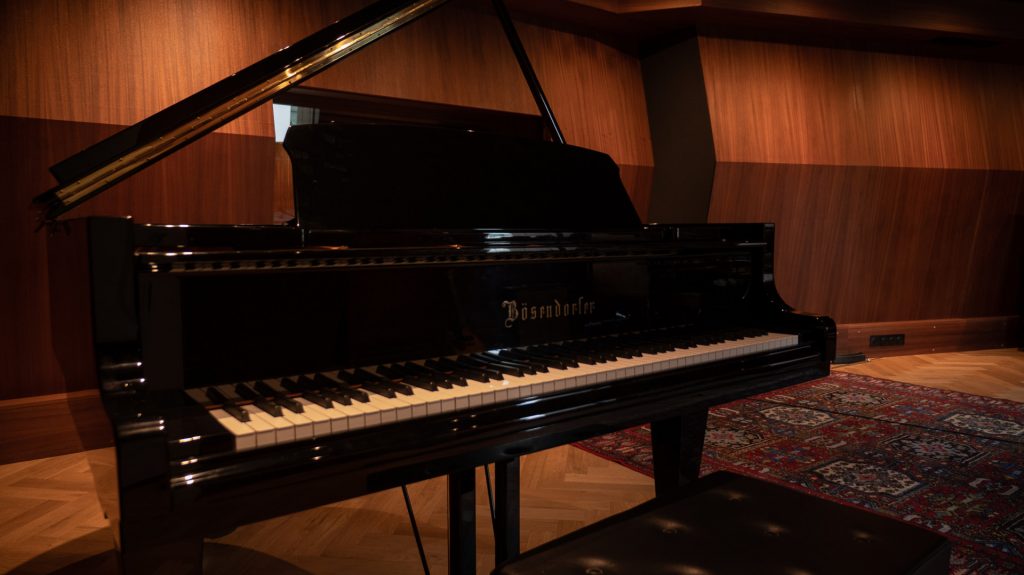 As a songwriter, but also as a producer, it can be useful to be able to play an instrument. This gives you extra freedom within the creative process that is songwriting and music production. At the Wisseloord Academy there is also the possibility to improve your skills on the piano, for example.
As a songwriter, but also as a producer, it can be useful to be able to play an instrument. This gives you extra freedom within the creative process that is songwriting and music production. At the Wisseloord Academy there is also the possibility to improve your skills on the piano, for example.
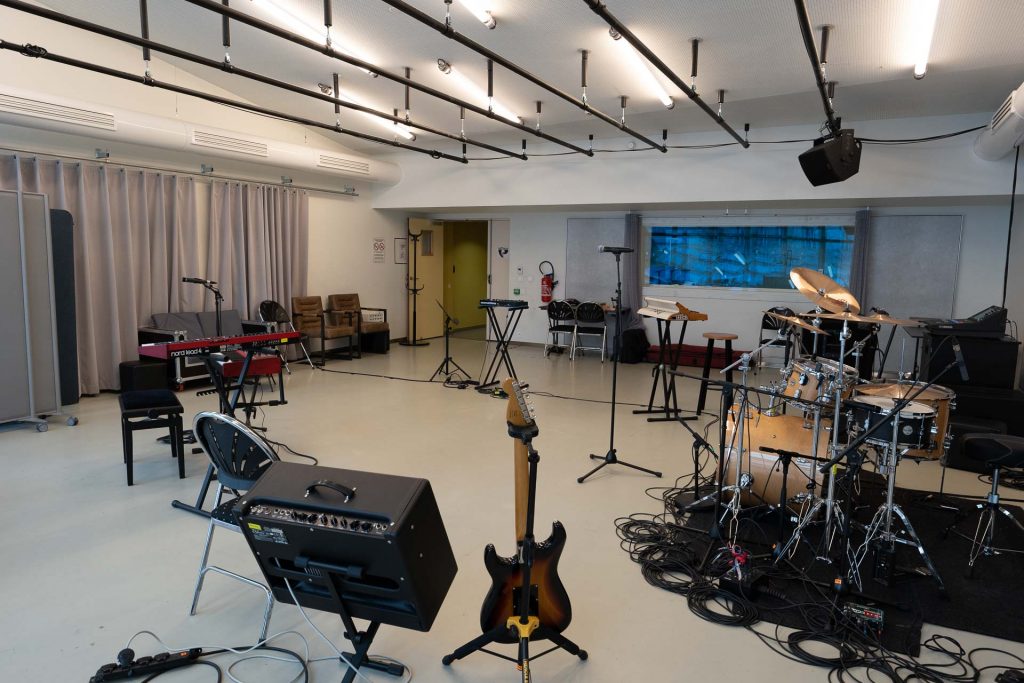 As a songwriter, but also as a producer, it can be useful to be able to play an instrument. This gives you extra freedom within the creative process that is songwriting and music production. At the Wisseloord Academy there is also the possibility to improve your skills on the guitar, for example.
As a songwriter, but also as a producer, it can be useful to be able to play an instrument. This gives you extra freedom within the creative process that is songwriting and music production. At the Wisseloord Academy there is also the possibility to improve your skills on the guitar, for example.
